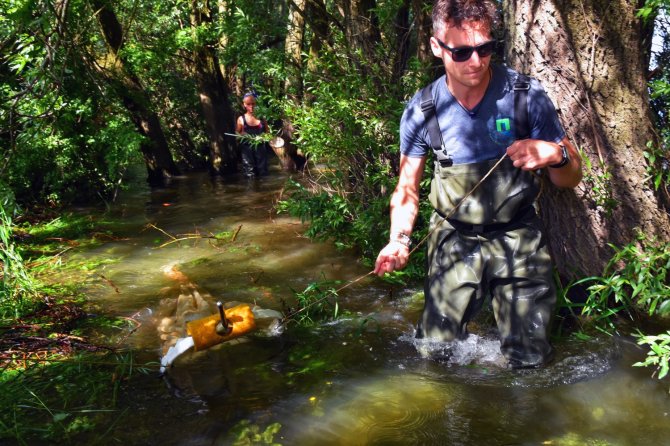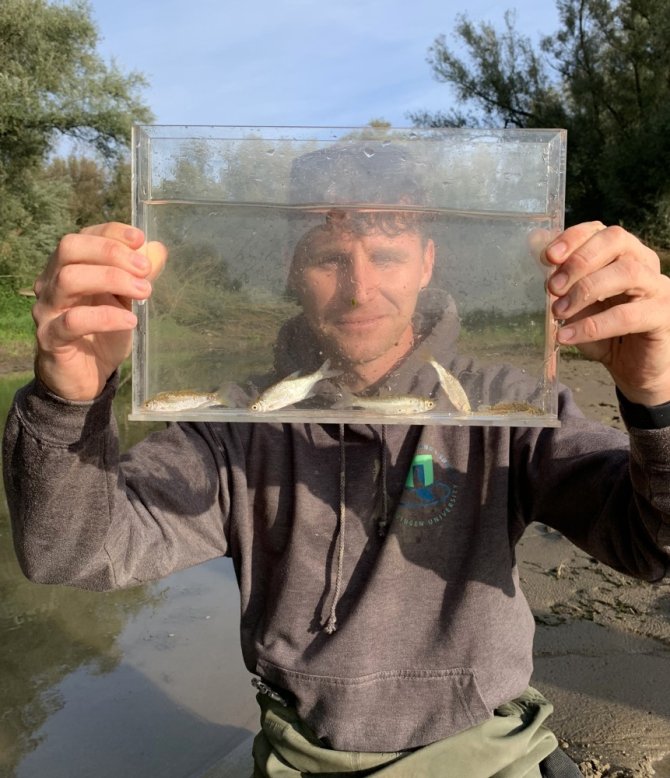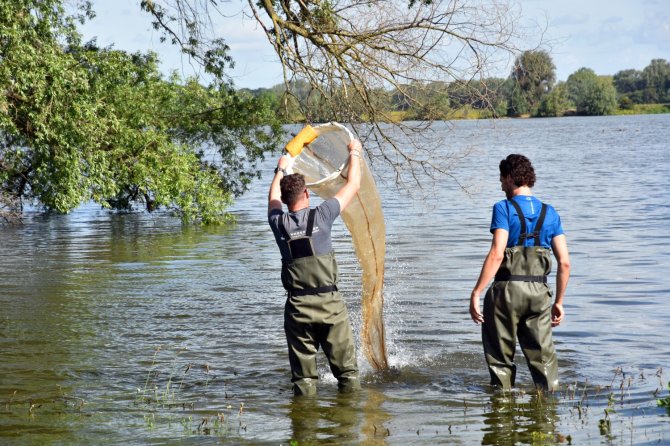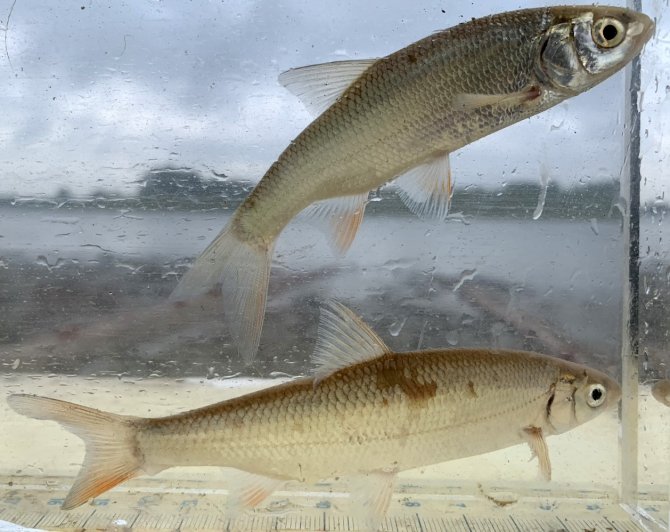
News
Diverse, connected nurseries crucial for fishes in the lower river Rhine
This is found in a new study by Wageningen University & Research, commissioned by Rijkswaterstaat and published in Limnology and Oceanography. Researchers analysed the habitat use of juvenile fishes in the lower river Rhine by collecting data on more than 1.4 million larvae and young fish in 18 restored floodplains along the rivers Waal, Nederrijn and IJssel. The results highlight that varied and well-connected floodplain habitats are essential for restoring and maintaining fish populations and river biodiversity.
Human interventions have drastically altered river landscapes, resulting in the loss of vital nurseries for fishes. Although recovery measures have been put in place, success appears to be mixed.
Floodplains as nurseries for river fish
New research shows that floodplains are necessary as nurseries for river fishes, with variation in habitats and connection to the main river being indispensable. ‘Young fish need different habitats as they grow, and these need to be accessible,’ says lead researcher Twan Stoffers.
In the study in the lower river Rhine, the researchers identified five main types of nursery habitat for juvenile river fishes. Larvae, for example, prefer shallow, slow-flowing areas, while older fish seek deeper, fast-flowing water with gravel and boulders. More than 60% of the fish species studied transitioned among all five habitat types during their development. ‘Roach and zander begin their lives in waters with lots of macrophytes before migrating to deeper areas with ample of hiding spots. In contrast, endangered species such as nase and barbel rely heavily on specific nurseries - shallow, flowing waters with coarse substratum,’ Twan Stoffers says.
The importance of connectivity
The study highlights the importance of the connection between floodplains and the river, as well as between different habitats. Floodplains that remain connected to the main channel throughout the year show higher biodiversity and fish diversity, according to associate professor Leo Nagelkerke. ‘However, many restored floodplains lose this connection during low water levels in the growing season, which is a bottleneck in the development of young fishes.’
Juvenile fishes need access to the main river once they are strong enough to migrate, according to Leo Nagelkerke. ‘The loss of this connection could largely negate the effects of restoration measures,’ he said.
Adapting to climate change
The study also highlights the need to adapt restoration strategies to the effects of climate change. Rising temperatures and more frequent extreme fluctuations in water and discharge levels threaten the role of floodplains as fish nurseries. Species such as zander and bream are becoming increasingly dependent on deeper, sheltered areas during dry periods. Including these habitats in restoration measures is essential to maintain a diverse fish population now and, in the future, according to the researchers.




